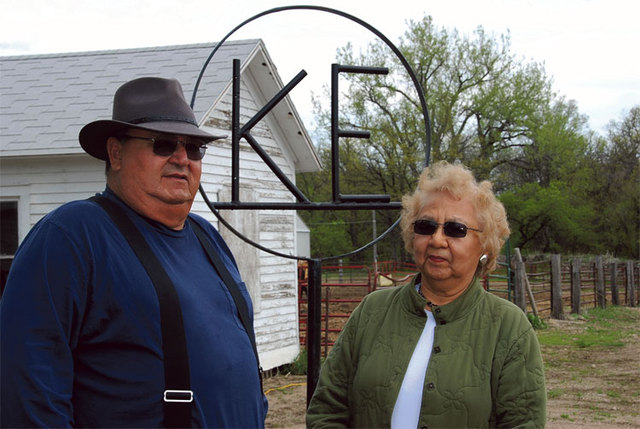Feds Pay Out Big Money For Discrimination Against Native Farmers
Class Action Settlement To Benefit New Mexicans


George and Marilyn Keepseagle at their ranch on the Standing Rock Sioux reservation in North Dakota
Courtesy of Cohen, Milstein, Sellers and Toll law firm




